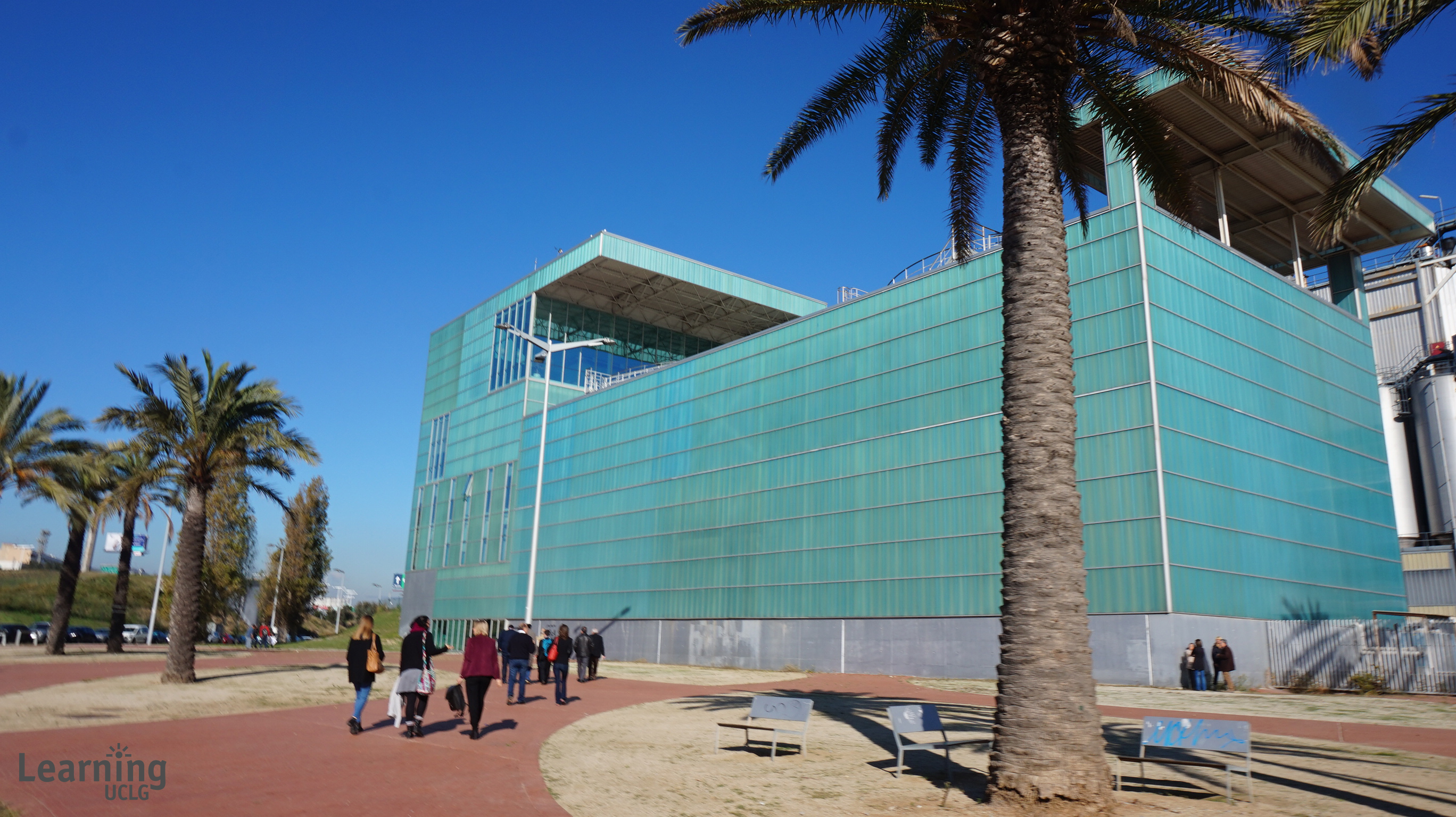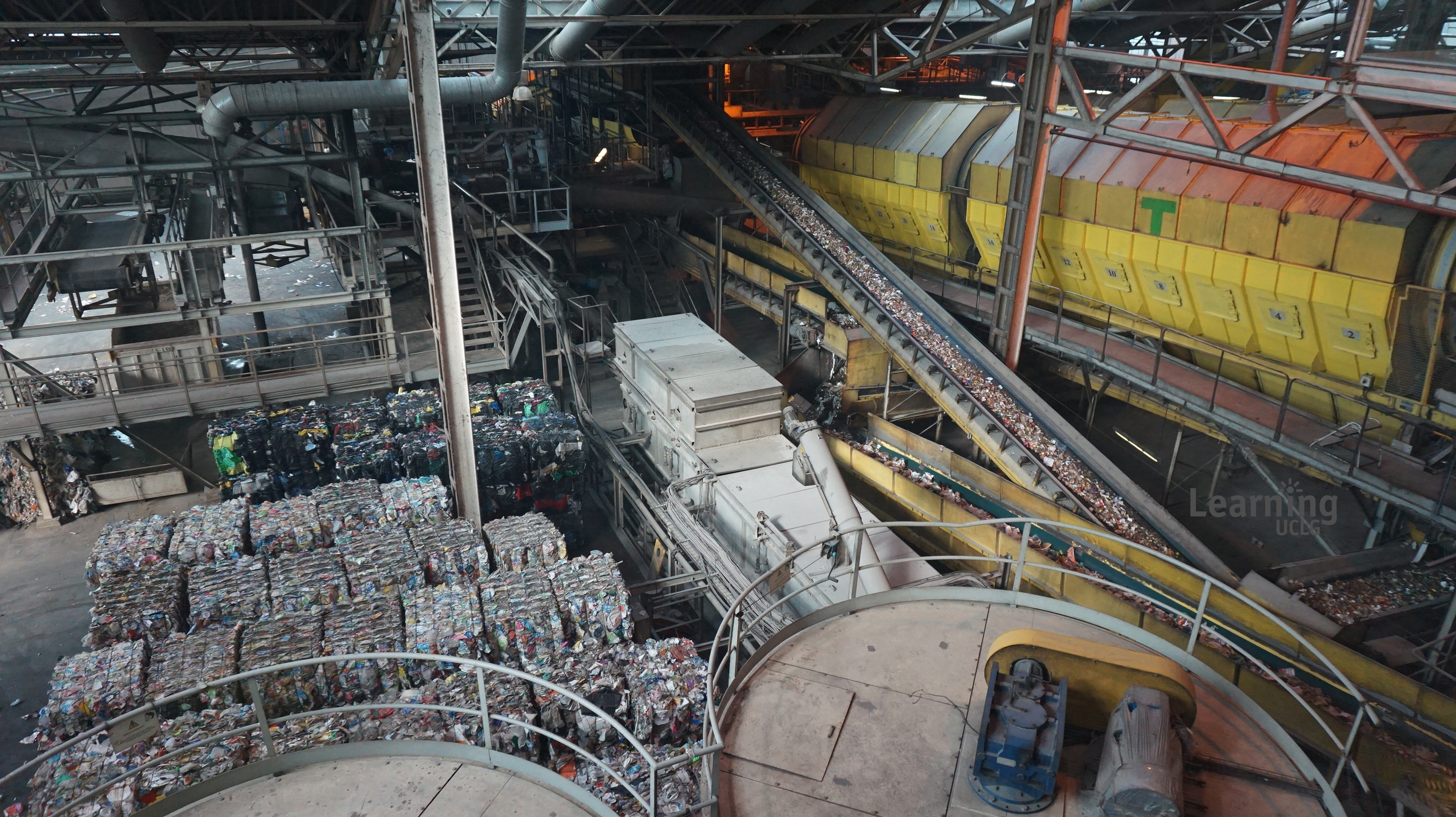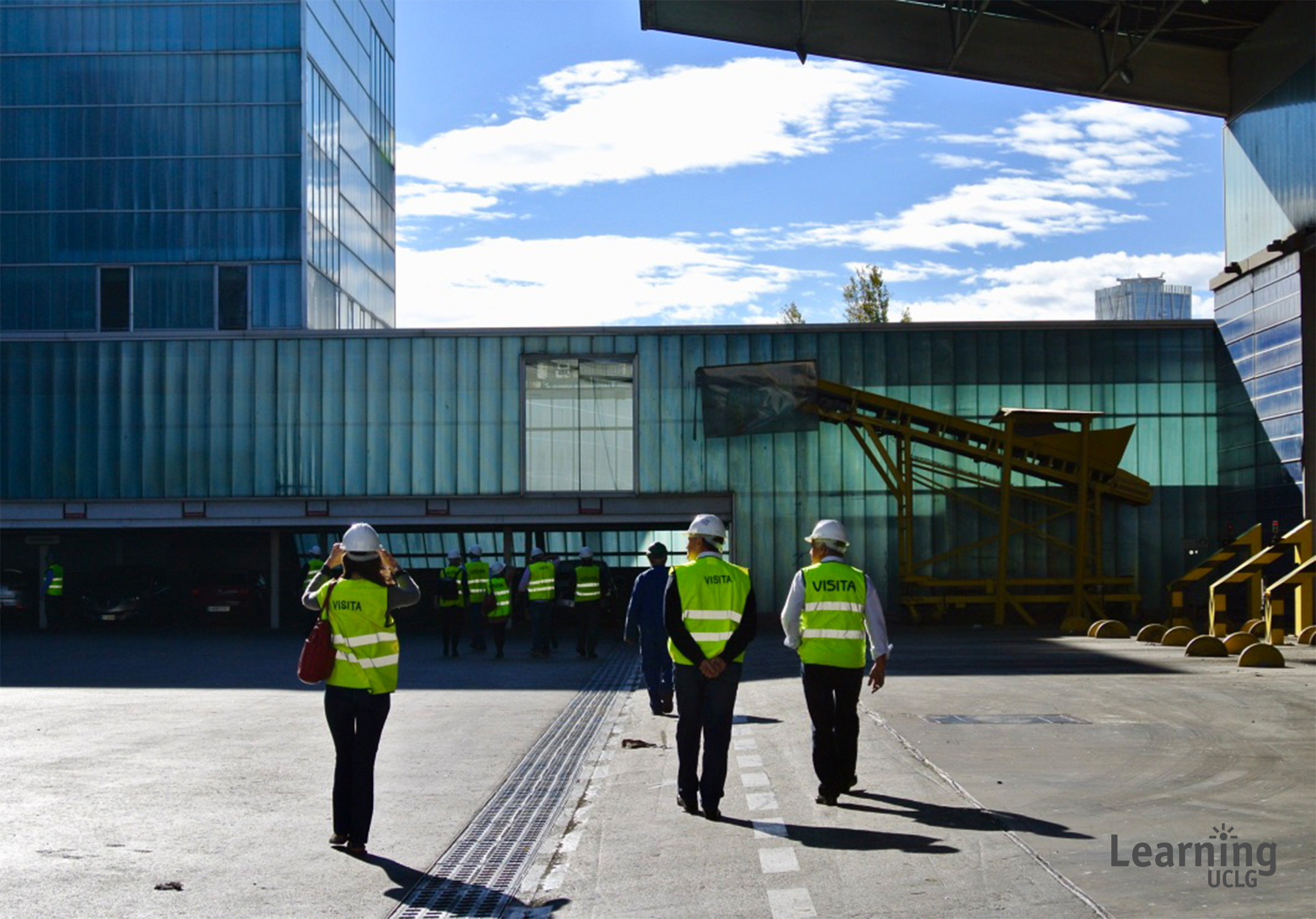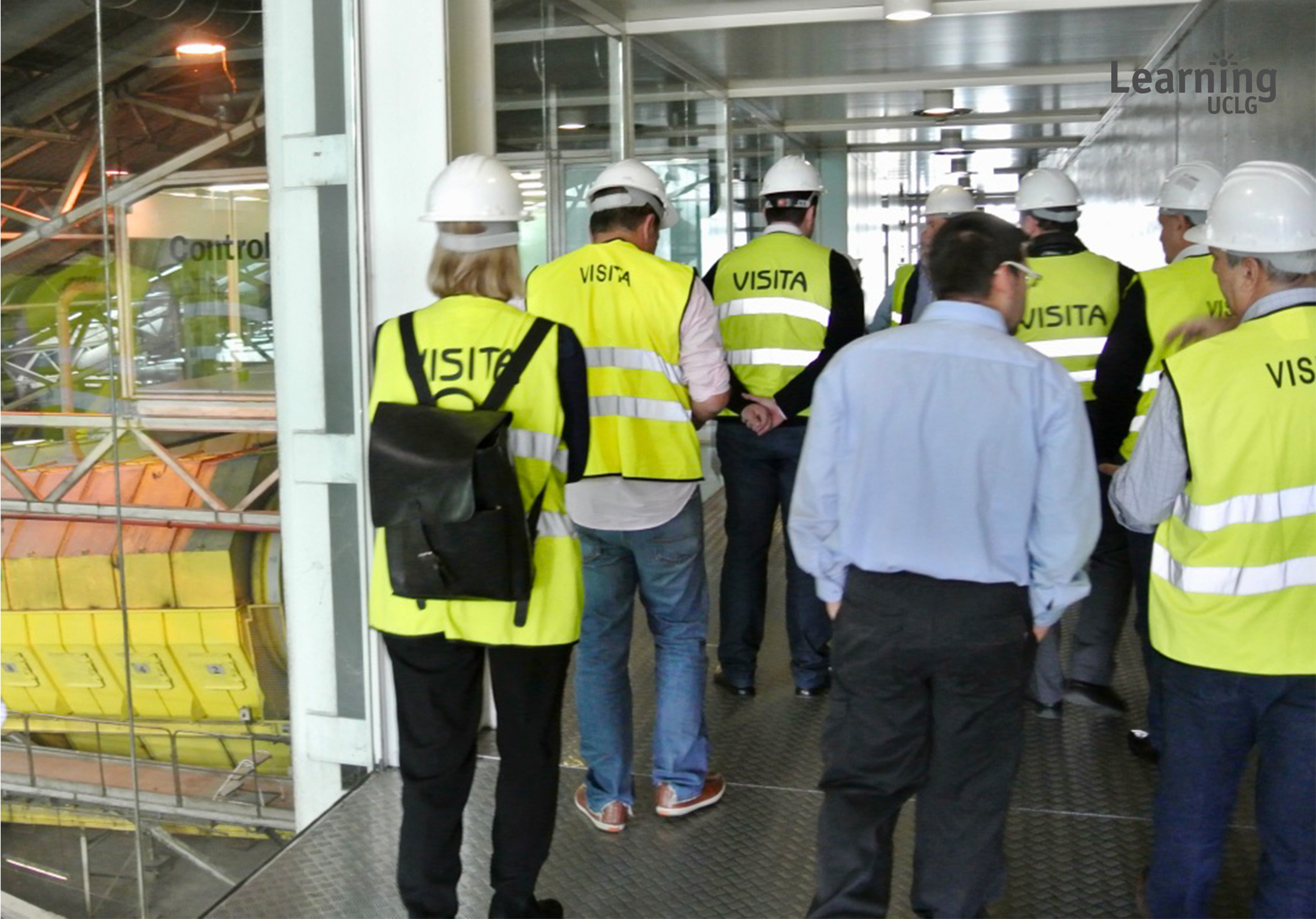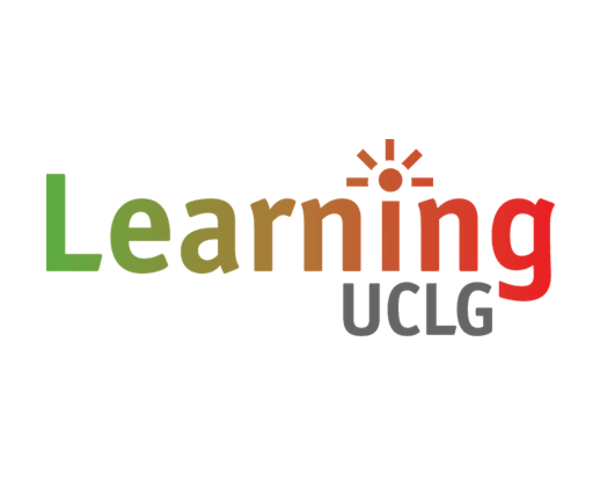City
Barcelona (área metropolitana)
Main actors
City Government, Public Utility
Project area
Inner City
Duration
Ongoing since 1975
Eco-park of the Mediterranean is an integrated treatment facility for municipal waste in the Barcelona Metropolitan Area (AMB). The project is part of an urban renewal plan developed for the district of Sant Adrià de Besòs.
Eco-park of the Mediterranean is a Waste Recovery Plant (PIVR) that includes two facilities with different, but complementary, treatment processes. One is mechanical and refers to the biological treatment that separates recoverable materials from organic matter for the production of biogas. The other process corresponds to energy recovery, where non-recyclable waste is incinerated to generate electricity and heat. Due to this twofold system, no waste is excluded from the energy recovery process.
The Eco-park of the Mediterranean is located in Sant Adrià de Besòs, a developing district situated on the Mediterranean coast at the mouth of the river Besòs and is close to high income areas. The plant is located a short distance from the resource (household waste) which reduces transport costs. This strategic location showcases that the clean technologies used at this facility do not have a negative impact on the immediate environment.
This case study was contributed from the UCLG Learning Team.
On Map
The Map will be displayed after accepting cookie policy
